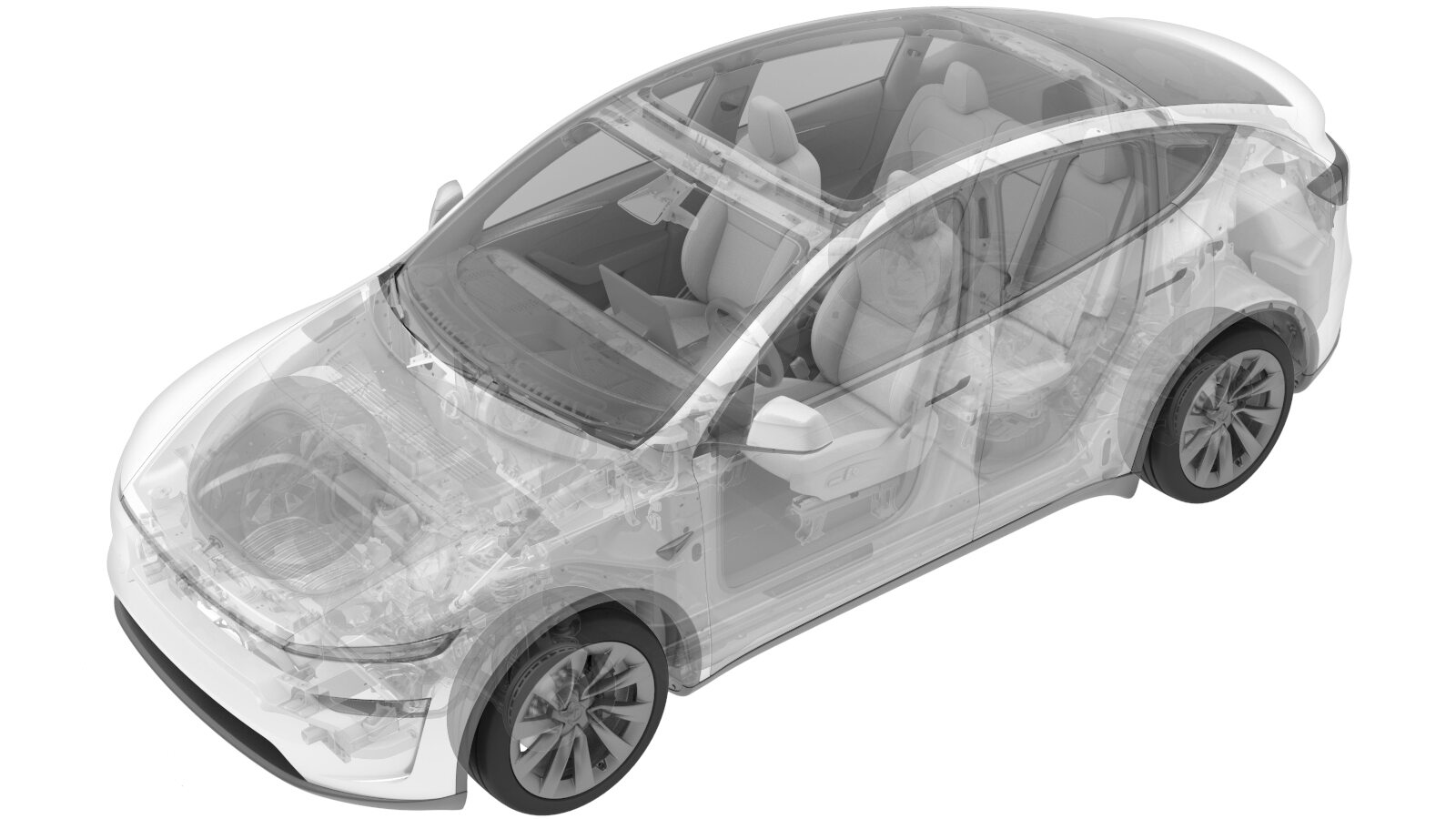2025-11-25
Sensor - TPMS - Front - LH (Remove and Replace)
 Correction code
34040202
FRT
0.30
NOTE: Unless otherwise explicitly stated in the procedure, the above correction code and FRT reflect all of the work required to perform this procedure, including the linked procedures. Do not stack correction codes unless explicitly told to do so.
NOTE: See Flat Rate Times to learn more about FRTs and how they are created. To provide feedback on FRT values, email ServiceManualFeedback@tesla.com.
NOTE: See Personal Protection to make sure wearing proper PPE when performing the below procedure.
NOTE: See Ergonomic Precautions for safe and healthy working practices.
Correction code
34040202
FRT
0.30
NOTE: Unless otherwise explicitly stated in the procedure, the above correction code and FRT reflect all of the work required to perform this procedure, including the linked procedures. Do not stack correction codes unless explicitly told to do so.
NOTE: See Flat Rate Times to learn more about FRTs and how they are created. To provide feedback on FRT values, email ServiceManualFeedback@tesla.com.
NOTE: See Personal Protection to make sure wearing proper PPE when performing the below procedure.
NOTE: See Ergonomic Precautions for safe and healthy working practices.
Torque Specifications
| Description | Torque Value | Recommended Tools | Reuse/Replace | Notes |
|---|---|---|---|---|
| Nut that attaches the TPMS sensor to the wheel |
 8 Nm (5.9 lbs-ft) |
|
Reuse |
Note
An updated TPMS sensor is available (pictured, black). It performs and is serviced
identically to the original sensor (pictured, purple).
- Both sensor types can be installed on different wheels on the same vehicle.
- The mounting nuts on both sensor types are cross-compatible, but it is recommended to install the nut that is in newest condition.
Remove
- Remove the wheel. See Wheel Assembly (Remove and Install).
-
Place the wheel on the tire changer,
with the outside of the wheel facing up.
- Insert the center clamp, and tighten the cone on the center clamp.
- Remove the valve stem cap.
-
Remove the valve stem core and allow
the tire to deflate.
WarningWear appropriate PPE and exercise caution as the tire rapidly deflates.
- Position the upper bead roller at the edge of the rim, at least 100 mm away from the valve stem.
- Rotate the tire to loosen the upper bead. Lubricate the bead as the tire rotates.
- Position the upper bead roller approximately 100 mm from the valve stem, and then compress the bead to expose the TPMS sensor.
-
Remove the nut that attaches the TPMS
sensor to the wheel, and then remove the TPMS sensor.
TIpUse of the following tool(s) is recommended:
- 11 mm deep socket
Install
-
Remove the valve stem cap from the new TPMS sensor.
-
Remove the nut from the new TPMS sensor.
TIpUse of the following tool(s) is recommended:
- 11 mm deep socket
-
Install the TPMS sensor so that it
fits closely to the wheel.
-
Install the nut that attaches the TPMS sensor to the wheel.
 8 Nm (5.9 lbs-ft)NoteIf a Sysgration (purple) sensor is replaced by a Sensata (black) sensor, install the nut removed from the Sysgration (purple) sensor onto the Sensata (black) sensor to keep the appearance consistency of all the 4 wheels.TIpUse of the following tool(s) is recommended:
8 Nm (5.9 lbs-ft)NoteIf a Sysgration (purple) sensor is replaced by a Sensata (black) sensor, install the nut removed from the Sysgration (purple) sensor onto the Sensata (black) sensor to keep the appearance consistency of all the 4 wheels.TIpUse of the following tool(s) is recommended:- 11 mm deep socket
- Release the upper bead roller, and allow the bead to seat against the wheel.
-
Remove the valve stem core and inflate the tire to seat the bead.
WarningWear appropriate PPE while inflating.CAUTIONDo not exceed the pressure indicated on the tire sidewall.
- Install the valve stem core, and then remove the wheel from the tire changer.
- Reinstall the wheel. See Wheel Assembly (Remove and Install).
-
Erase the stored TPMS Sensor IDs.
- Locally connect a laptop with Toolbox to the vehicle. See Toolbox (Connect and Disconnect).
- Click the Actions tab, type "TPMS vsec" into the search field, click PROC_VCSEC_X_TPMS-ERASE-SENSOR-IDvia Toolbox: (link)via Service Mode: Chassis ➜ TPMS ➜ Erase All TPMS IDs, click Run, and allow the routine to complete.
- Confirm at the touchscreen that all TPMS values represent as dashes.
-
Drive the vehicle above 25 kph/15 mph,
maintaining speed for greater than 10 seconds.
NoteAt least 1 of the sensor IDs will no longer be mounted to the vehicle due to the sensor(s) swap.NoteThe vehicle will search for the new sensor ID(s) to pair and connect.
-
Confirm sensor connections.
- Disconnect the laptop.
- Raise the LH front window and close the LH front door.